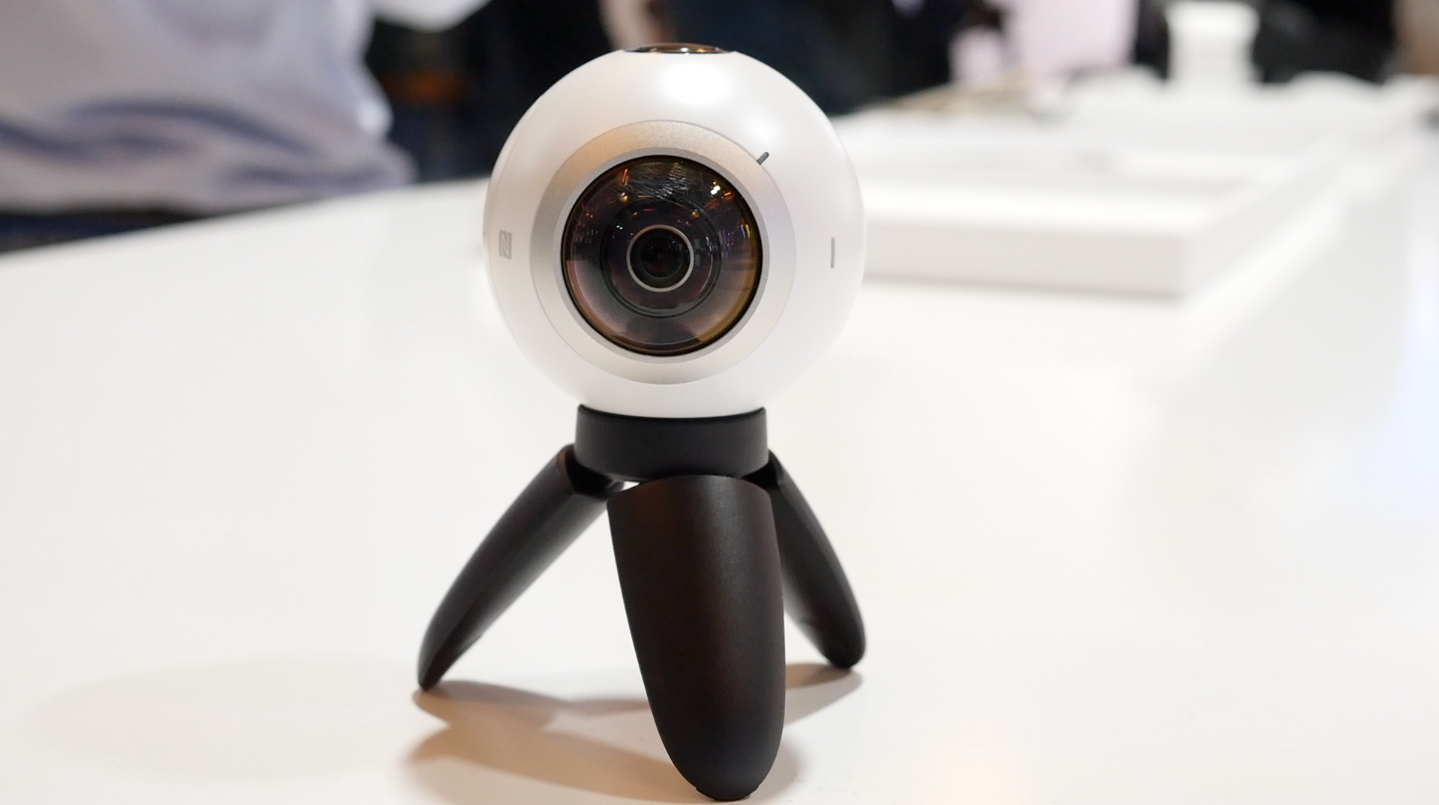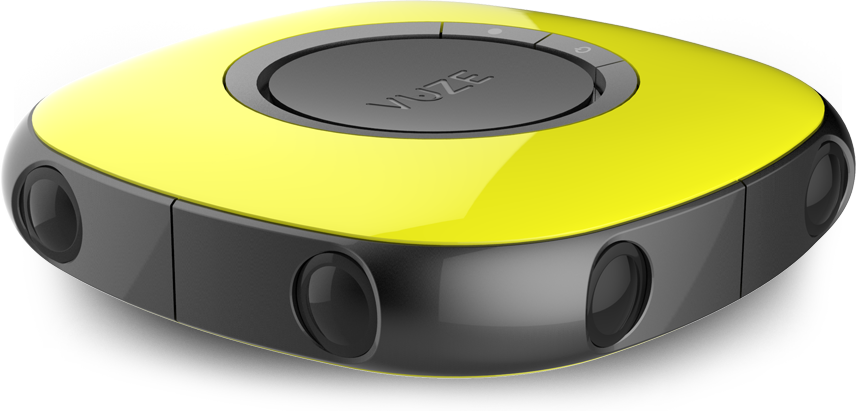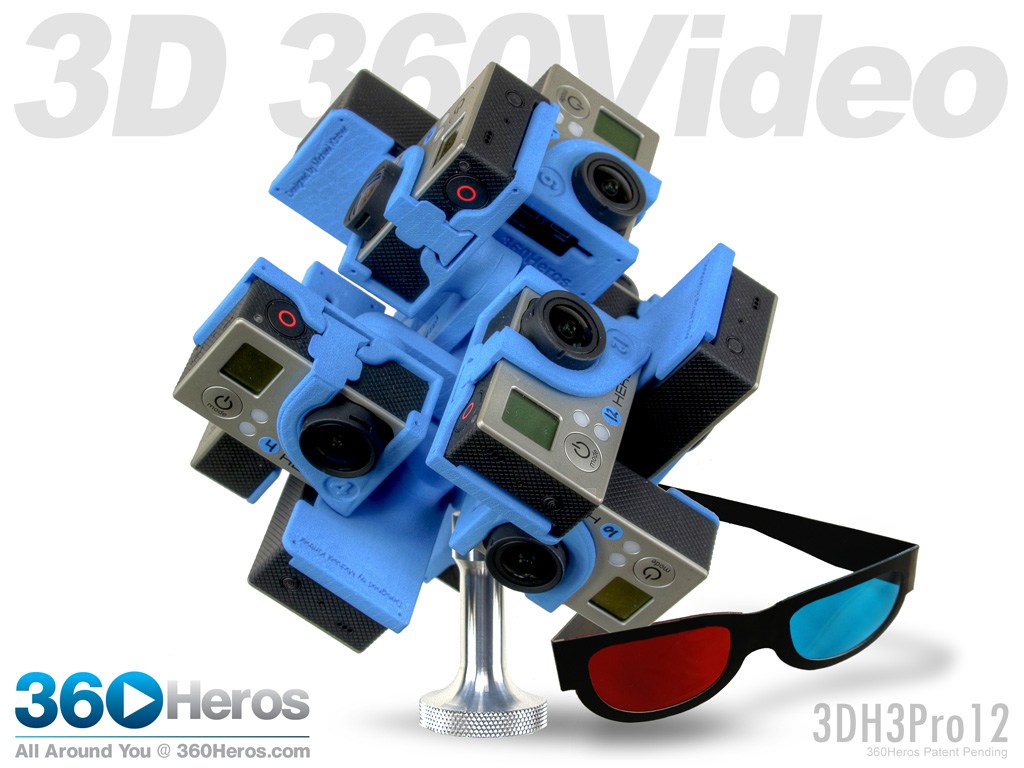Search Results for: 360
World First Fully Spherical 3D 360 Video and Photo Gear
http://www.360heros.com/2014/01/worlds-first-fully-spherical-3d-360-video-and-photo-gear/
3D fully spherical HD 360° by 180° video capture system using 12 GoPro® Hero3 or 3+ Black Cameras. The 3DH3Pro12
Neural Radiance Fields (NeRFs) at Mapillary
Today, Mapillary is launching NeRFs, a new feature that will allow you to explore landmarks and popular sites in detailed 3D views – all reconstructed from 2D images uploaded to Mapillary.
https://blog.mapillary.com/update/2024/03/11/Mapillary-NeRF.html
https://www.mapillary.com/app/?lat=17.751177534360437&lng=0&z=1.5
Why VFX workers are unionising in Hollywood — and why it’s important
https://www.digitalspy.com/movies/a44936059/vfx-workers-unionising-hollywood/
Last March, IATSE released a damning survey that showed how visual effects workers lack access to essential benefits, such as health insurance and retirement plans.
It also found VFX crews are lacking breaks and rest periods, and they’re not getting paid for working overtime, resulting in some workers failing to even make minimum wage.
This survey was aimed to organise VFX workers, one of the last areas of the production community that are still not unionised. Given the worsening of their working conditions while their craft is increasingly in demand within the industry, seeking protection has become a necessity.
HDRI Resources
Text2Light
- https://www.cgtrader.com/free-3d-models/exterior/other/10-free-hdr-panoramas-created-with-text2light-zero-shot
- https://frozenburning.github.io/projects/text2light/
- https://github.com/FrozenBurning/Text2Light
Royalty free links
- https://locationtextures.com/panoramas/
- http://www.noahwitchell.com/freebies
- https://polyhaven.com/hdris
- https://hdrmaps.com/
- https://www.ihdri.com/
- https://hdrihaven.com/
- https://www.domeble.com/
- http://www.hdrlabs.com/sibl/archive.html
- https://www.hdri-hub.com/hdrishop/hdri
- http://noemotionhdrs.net/hdrevening.html
- https://www.openfootage.net/hdri-panorama/
- https://www.zwischendrin.com/en/browse/hdri
Nvidia GauGAN360
Mania Carta – Photorealistic Characters Made in Blender
Maniacarta is an Artist based in Tokyo, her Artworks are unique and she strive to create the best characters that have soul in the World.
https://80.lv/articles/marvelous-photorealistic-characters-made-in-blender-by-mania-carta/
https://www.instagram.com/mania_carta/
![]()
![]()
![]()
![]()
Types of Film Lights and their efficiency – CRI, Color Temperature and Luminous Efficacy
nofilmschool.com/types-of-film-lights
“Not every light performs the same way. Lights and lighting are tricky to handle. You have to plan for every circumstance. But the good news is, lighting can be adjusted. Let’s look at different factors that affect lighting in every scene you shoot. ”
Use CRI, Luminous Efficacy and color temperature controls to match your needs.
Color Temperature
Color temperature describes the “color” of white light by a light source radiated by a perfect black body at a given temperature measured in degrees Kelvin
http://www.pixelsham.com/2019/10/18/color-temperature/
CRI
“The Color Rendering Index is a measurement of how faithfully a light source reveals the colors of whatever it illuminates, it describes the ability of a light source to reveal the color of an object, as compared to the color a natural light source would provide. The highest possible CRI is 100. A CRI of 100 generally refers to a perfect black body, like a tungsten light source or the sun. ”
https://www.studiobinder.com/blog/what-is-color-rendering-index/
https://en.wikipedia.org/wiki/Color_rendering_index
| Light source | CCT (K) | CRI |
|---|---|---|
| Low-pressure sodium (LPS/SOX) | 1800 | −44 |
| Clear mercury-vapor | 6410 | 17 |
| High-pressure sodium (HPS/SON) | 2100 | 24 |
| Coated mercury-vapor | 3600 | 49 |
| Halophosphate warm-white fluorescent | 2940 | 51 |
| Halophosphate cool-white fluorescent | 4230 | 64 |
| Tri-phosphor warm-white fluorescent | 2940 | 73 |
| Halophosphate cool-daylight fluorescent | 6430 | 76 |
| “White” SON | 2700 | 82 |
| Standard LED Lamp | 2700–5000 | 83 |
| Quartz metal halide | 4200 | 85 |
| Tri-phosphor cool-white fluorescent | 4080 | 89 |
| High-CRI LED lamp (blue LED) | 2700–5000 | 95 |
| Ceramic discharge metal-halide lamp | 5400 | 96 |
| Ultra-high-CRI LED lamp (violet LED) | 2700–5000 | 99 |
| Incandescent/halogen bulb | 3200 | 100 |
Luminous Efficacy
Luminous efficacy is a measure of how well a light source produces visible light, watts out versus watts in, measured in lumens per watt. In other words it is a measurement that indicates the ability of a light source to emit visible light using a given amount of power. It is a ratio of the visible energy to the power that goes into the bulb.
FILM LIGHT TYPES
Consumer light types
Tungsten Lights
Light interiors and match domestic places or office locations. Daylight.
Advantages of Tungsten Lights
Almost perfect color rendition
Low cost
Does not use mercury like CFLs (fluorescent) or mercury vapor lights
Better color temperature than standard tungsten
Longer life than a conventional incandescent
Instant on to full brightness, no warm-up time, and it is dimmable
Disadvantages of Tungsten Lights
Extremely hot
High power requirement
The lamp is sensitive to oils and cannot be touched
The bulb is capable of blowing and sending hot glass shards outward. A screen or layer of glass on the outside of the lamp can protect users.
Hydrargyrum medium-arc iodide lights
HMI’s are used when high output is required. They are also used to recreate sun shining through windows or to fake additional sun while shooting exteriors. HMIs can light huge areas at once.
Advantages of HMI lights
High light output
Higher efficiency
High color temperature
Disadvantages of HMI lights:
High cost
High power requirement
Dims only to about 50%
the color temperature increases with dimming
HMI bulbs will explode is dropped and release toxic chemicals
Fluorescent
Fluorescent film lighting is achieved by laying multiple tubes next to each other, combining as many as you want for the desired brightness. The good news is you can choose your bulbs to either be warm or cool depending on the scenario you’re shooting. You want to get these bulbs close to the subject because they’re not great at opening up spaces. Fluorescent lighting is used to light interiors and is more compact and cooler than tungsten or HMI lighting.
Advantages of Fluorescent lights
High efficiency
Low power requirement
Low cost
Long lamp life
Cool
Capable of soft even lighting over a large area
Lightweight
Disadvantages of Fluorescent lights
Flicker
High CRI
Domestic tubes have low CRI & poor color rendition.
LED
LED’s are more and more common on film sets. You can use batteries to power them. That makes them portable and sleek – no messy cabled needed. You can rig your own panels of LED lights to fit any space necessary as well. LED’s can also power Fresnel style lamp heads such as the Arri L-series.
Advantages of LED light
Soft, even lighting
Pure light without UV-artifacts
High efficiency
Low power consumption, can be battery powered
Excellent dimming by means of pulse width modulation control
Long lifespan
Environmentally friendly
Insensitive to shock
No risk of explosion
Disadvantages of LED light
High cost.
LED’s are currently still expensive for their total light output
https://www.artstation.com/marketplace/p/lP0V/hdri-collection-1-23-studio-lights-lamps-and-softboxes
Autodesk Shotgun running generative scheduling based on machine learning
www.awn.com/news/autodesk-shotgun-taps-new-tech-future-production-management
With Autodesk’s acquisition of technology known as Consilium, machine learning-driven generative scheduling is coming to Shotgun Software, which will enable more accurate bidding, scheduling, and resource planning decisions.
Machine learning is being brought to production management with generative scheduling in Shotgun, currently in early testing. For producers and production managers, this will make the manual and complex challenge of optimized scheduling and resource planning more dynamic, controllable, and predictive. This feature set will allow producers to plan faster, with greater accuracy and agility to help their teams produce the best work possible.
Photography basics: Production Rendering Resolution Charts
https://www.urtech.ca/2019/04/solved-complete-list-of-screen-resolution-names-sizes-and-aspect-ratios/
| Resolution – Aspect Ratio | 4:03 | 16:09 | 16:10 | 3:02 | 5:03 | 5:04 |
| CGA | 320 x 200 | |||||
| QVGA | 320 x 240 | |||||
| VGA (SD, Standard Definition) | 640 x 480 | |||||
| NTSC | 720 x 480 | |||||
| WVGA | 854 x 450 | |||||
| WVGA | 800 x 480 | |||||
| PAL | 768 x 576 | |||||
| SVGA | 800 x 600 | |||||
| XGA | 1024 x 768 | |||||
| not named | 1152 x 768 | |||||
| HD 720 (720P, High Definition) | 1280 x 720 | |||||
| WXGA | 1280 x 800 | |||||
| WXGA | 1280 x 768 | |||||
| SXGA | 1280 x 1024 | |||||
| not named (768P, HD, High Definition) | 1366 x 768 | |||||
| not named | 1440 x 960 | |||||
| SXGA+ | 1400 x 1050 | |||||
| WSXGA | 1680 x 1050 | |||||
| UXGA (2MP) | 1600 x 1200 | |||||
| HD1080 (1080P, Full HD) | 1920 x 1080 | |||||
| WUXGA | 1920 x 1200 | |||||
| 2K | 2048 x (any) | |||||
| QWXGA | 2048 x 1152 | |||||
| QXGA (3MP) | 2048 x 1536 | |||||
| WQXGA | 2560 x 1600 | |||||
| QHD (Quad HD) | 2560 x 1440 | |||||
| QSXGA (5MP) | 2560 x 2048 | |||||
| 4K UHD (4K, Ultra HD, Ultra-High Definition) | 3840 x 2160 | |||||
| QUXGA+ | 3840 x 2400 | |||||
| IMAX 3D | 4096 x 3072 | |||||
| 8K UHD (8K, 8K Ultra HD, UHDTV) | 7680 x 4320 | |||||
| 10K (10240×4320, 10K HD) | 10240 x (any) | |||||
| 16K (Quad UHD, 16K UHD, 8640P) | 15360 x 8640 |






